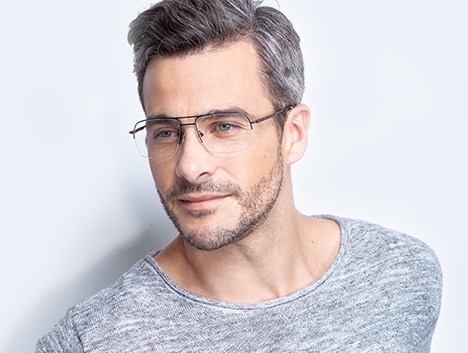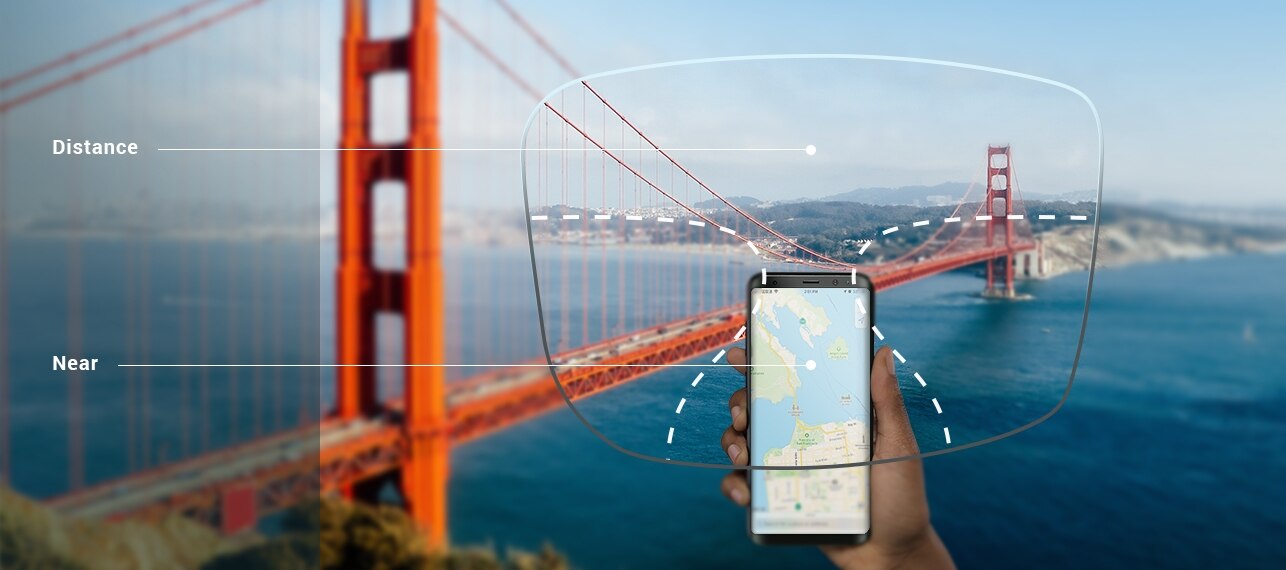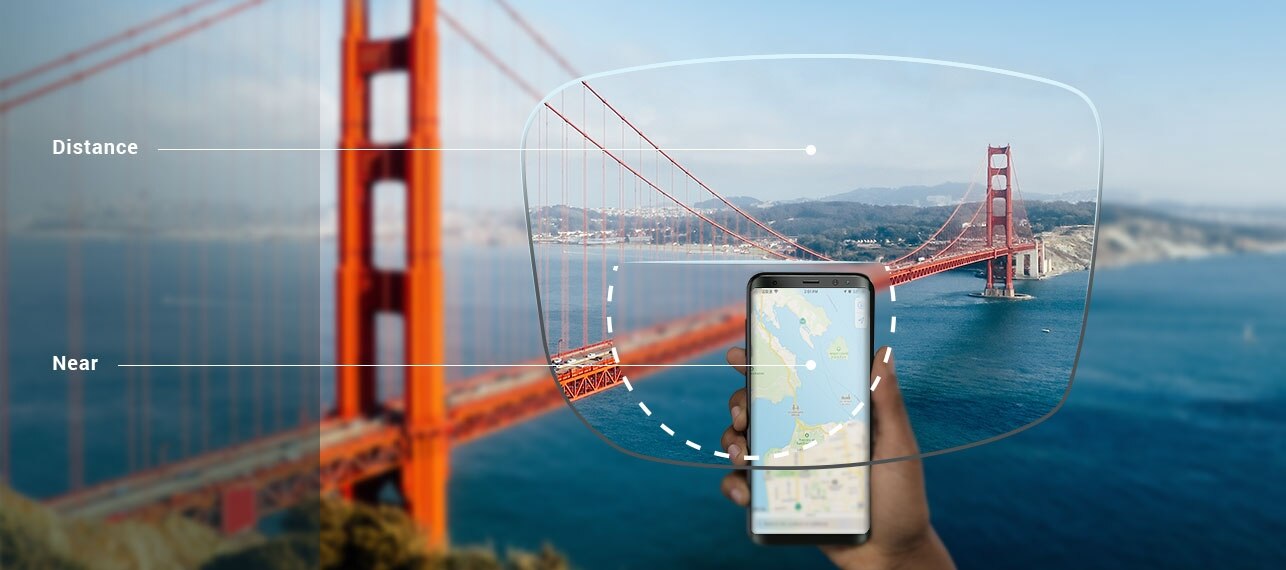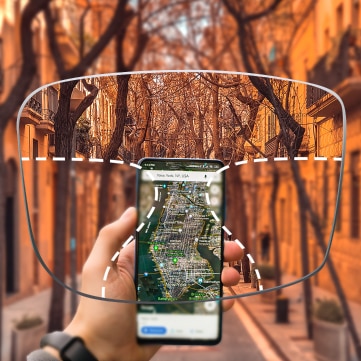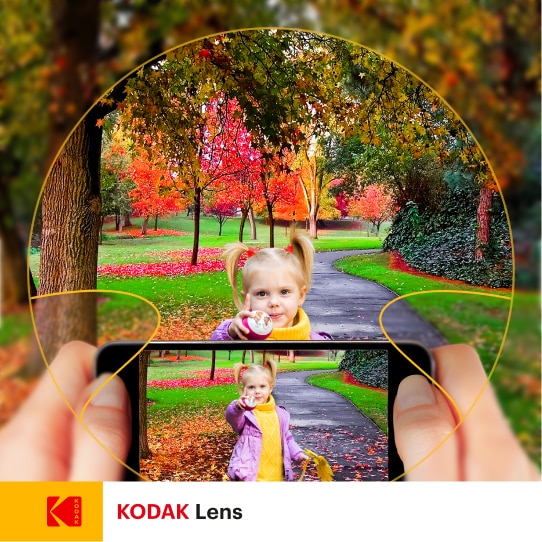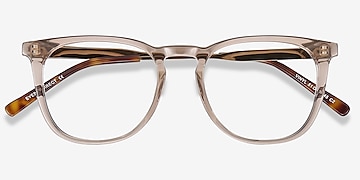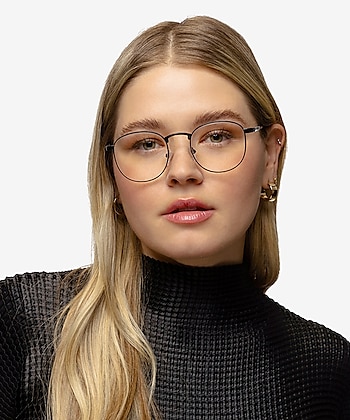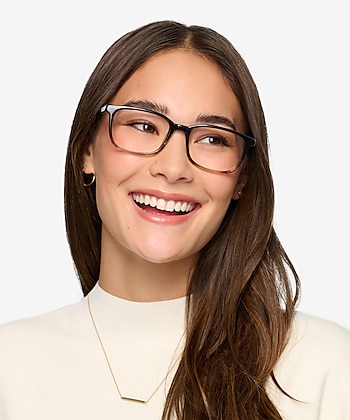What are Progressive Lenses?
Progressive lenses are a type of eyeglass lens that corrects vision at near, middle, and far distances. This is all done within a single lens, without the harsh line that bifocal and trifocal lenses have. Progressives are an excellent solution for people who have both blurry near vision and distant vision.
Say goodbye to switching between reading glasses and distance glasses. With progressive glasses, you can have visual clarity at every distance, all at the same time. The best part? You can customize your frames with progressive lenses for as low as $49.
How Does a Multifocal Lens Work?
Progressive lenses are considered a type of multifocal lenses because they are designed to correct vision at multiple distances.
The lenses are designed so distance correction is at the top of the lens and near correction is at the bottom of the lens. The middle of the lens provides intermediate distance correction, which makes switching your focus between closer and farther objects feel natural and seamless.
While expert technology is used in progressive glasses to ensure a smooth transition between prescription strengths without harsh lines, the multifocal lenses can take time to get used to. Luckily, our 14-Day Free Returns allow you to adjust to them at your own pace, worry-free.
